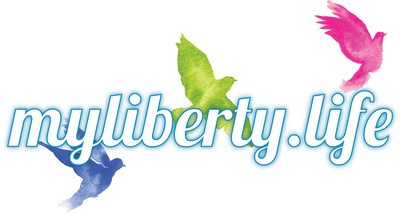Surviving A Stroke - a conversation with March of Dimes Canada

Surviving a stroke and reclaiming your life
No one wakes up in the morning and says, yes, today is the day I’m going to have a stroke. No one.
But it happens everyday to people across Canada, and it’s not just the elderly. The average age range for strokes in Canada is 26 to 50 years of age.
What is a stroke?
Stroke is an injury to a part of the brain. It causes a pattern of symptoms that arise when something obstructs blood flow to parts of the brain depriving cells of the oxygen necessary to stay alive.
If blood supply to the brain is interrupted for as little as four minutes, brain cells begin to die. They are not replaced. A stroke is a medical emergency.
After Stroke – A March of Dimes Canada Program
"Stroke support, when and where you need it."
- AfterStroke.ca
"After Stroke is a personalized stroke recovery program that helps survivors and their families navigate the path forward after a stroke. If you’re impacted by stroke, March of Dimes Canada is here to help."
Strokes are not the same for everyone, but sharing recovery experiences can help people understand they don’t have to journey down this long path on their own. Others have been before.
Is incontinence an issue in stroke recovery?
Very much so. For both women and men, incontinence is one of the many challenges for survivors to get used to and in many places overcome. But it takes work.
The level of leakage depends on where the stroke path is. For example, muscle density and tone is impacted by the stroke, so personal mobility can be an issue.
Stroke survivors are often not able to get to the bathroom quickly or without assistance. So using incontinence products such as briefs or pull-ons can be necessary at the beginning of recovery.

Where to start if you or your loved one is facing incontinence after stroke
My Liberty understands how challenging it can be to face incontinence concerns on top of everything else. We've developed several resources we hope that will help. Each link below will take you to a brief article with our best advice:
- Help! I’m new to incontinence! What do I need?
- What's the difference between incontinence products?
- Incontinence protection is about capacity: See MyLiberty.Life's Total Capacity Rating Guide ensures you find the right protection
Lastly, we know how important it is to hear from others facing the same situation as you. Have a look at what our customers have to say about incontinence products they've tried out.
Is incontinence forever?
With some stroke survivors managing incontinence find the condition improves as time goes on, in others, incontinence can be part of the new way you embrace life.
Knowing that you are not alone and that incontinence is here forever can help you plan your future needs. Remember surviving strokes is very individual and based on your ability and your recovery path. Stroke surviving is not a quick fix, it’s a lifelong path.
===============
Barbara Moore is a Community Coordinator with the Linking Survivors with Survivors Program at the March of Dimes Canada. She loves her job and the work she does in the community.
After Stroke, formerly Stroke Recovery Canada® is one of Canada’s best keep secrets. This stroke recovery program has been working in communities across Canada for more than 60 years.
Supported by March of Dimes Canada, Stroke Recovery Canada is a completely volunteer-led program, that provides information for stroke survivors, their family members, caregivers and friends. You can call for information at the Stroke Recovery Canada® Warmline (1-888-540-6666).

- Cindy Clegg



Comments 0